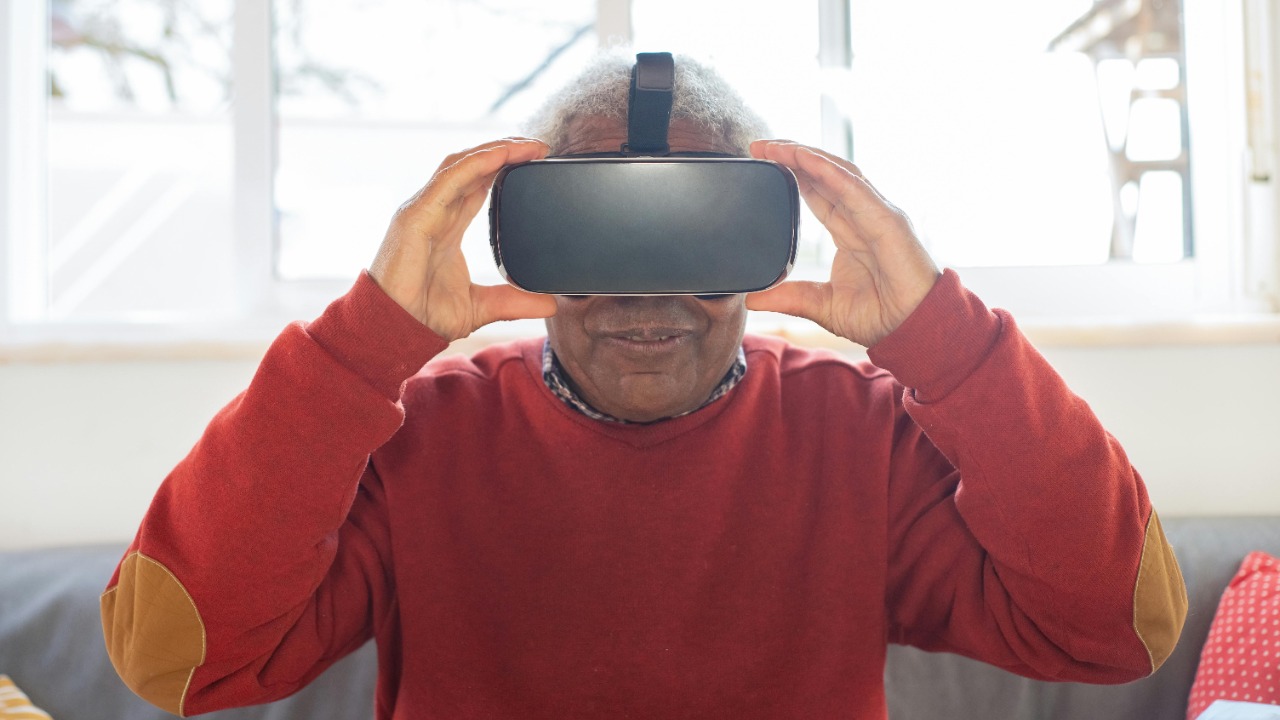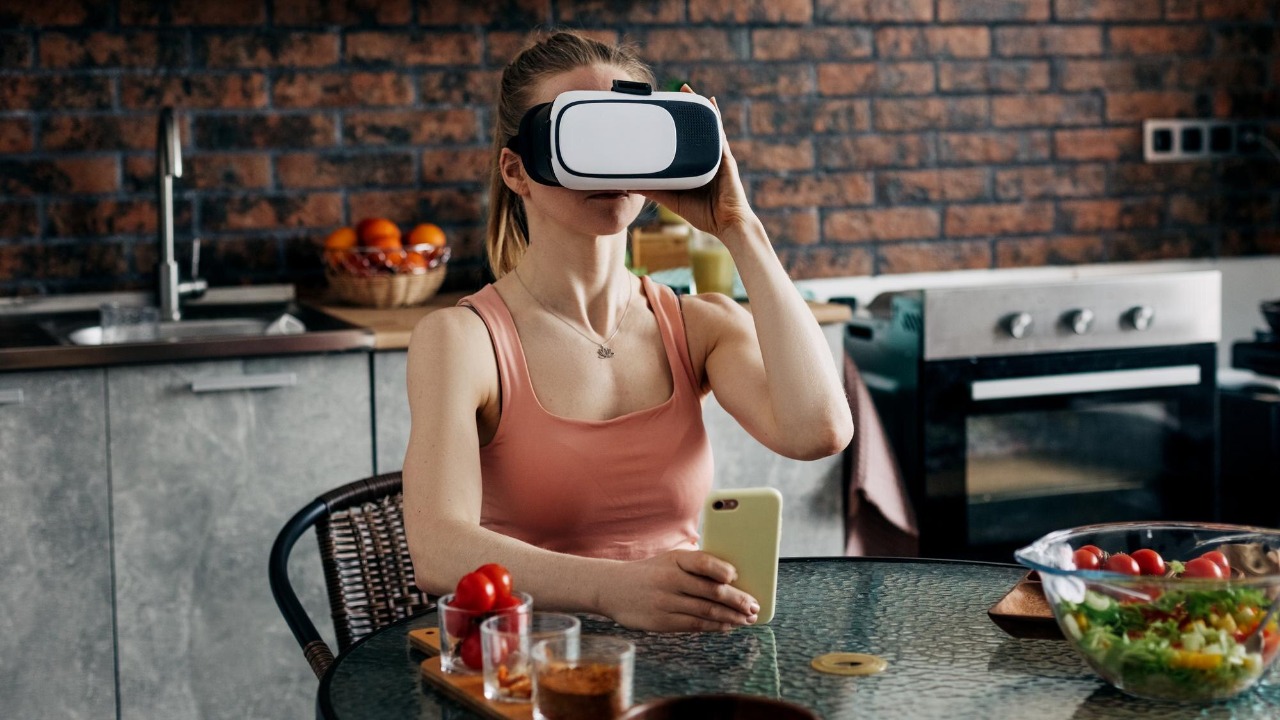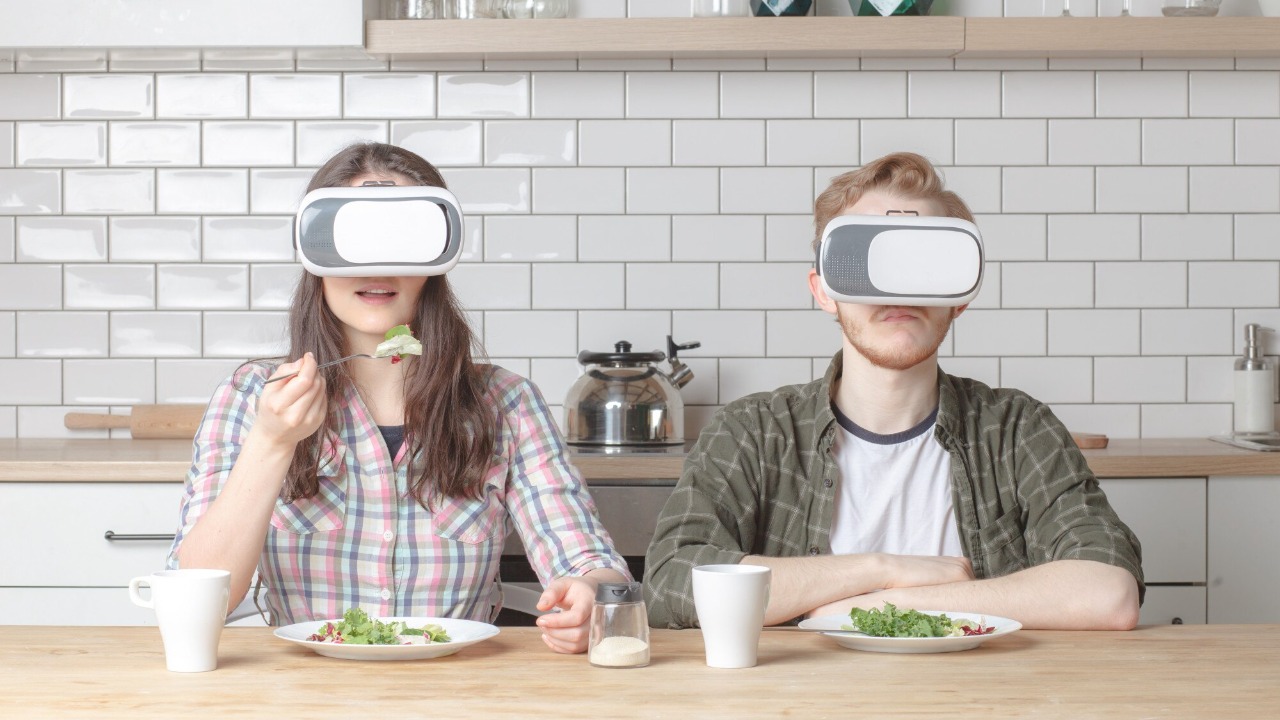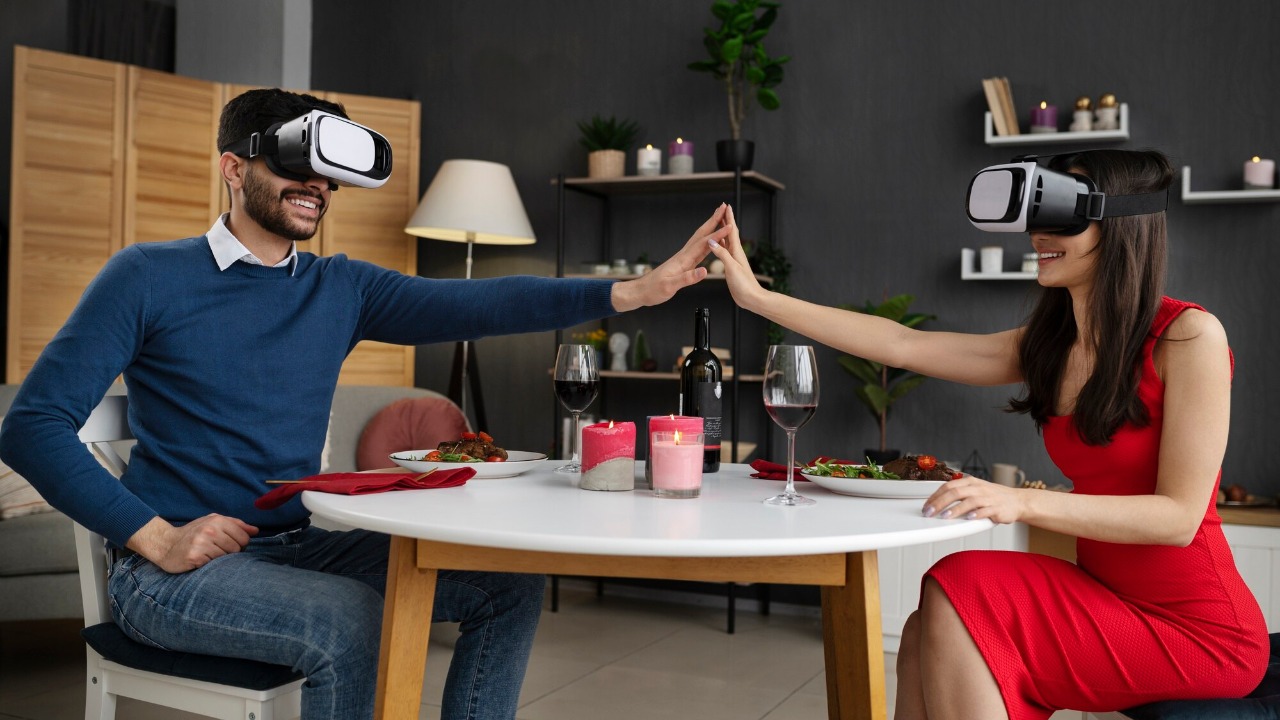
Virtual reality (VR) technology has made remarkable advancements in creating immersive experiences, yet the sense of taste has often been overlooked. However, recent progress in taste emulation technology is revolutionizing VR by enabling users to “taste” virtual foods. This breakthrough promises a new level of sensory engagement, transforming how we experience virtual environments.
The Science Behind Taste Emulation in VR

The human gustatory system is a complex network responsible for the perception of flavor. When we eat, our taste buds detect five basic tastes: sweet, sour, salty, bitter, and umami. These signals are then sent to the brain, which combines them with other sensory inputs like smell and texture to create the full experience of flavor. Replicating this intricate process in a virtual setting is no small feat.
Currently, the most promising methods for simulating taste in VR involve electrical and thermal stimulation. By applying specific electrical currents to the tongue, researchers can evoke sensations that mimic the five basic tastes. Thermal stimulation, on the other hand, uses temperature changes to enhance these taste perceptions. These technologies aim to create a seamless integration of taste into VR, enhancing the overall sensory experience.
Significant research and development milestones have been achieved in the field of taste simulation. Institutions like Ohio State University have been at the forefront of these advancements. Their innovative devices have pushed the boundaries of what’s possible, allowing virtual experiences to be more immersive than ever. For instance, a recent development involves a device that can simulate the taste of cake in a virtual environment, showcasing the potential of taste emulation.
How Taste Emulation Enhances VR Experiences

The integration of taste into VR offers a multitude of enhancements to traditional experiences. In gaming, the ability to “taste” in-game items adds a layer of immersion that was previously unimaginable. Imagine playing a cooking simulation game where you can actually taste the dishes you prepare, or an adventure game where the flavor of a potion gives you a sensory clue about its effects.
Beyond gaming, taste emulation has exciting applications in virtual tourism and culinary arts. Users can travel to distant lands and experience local cuisines from the comfort of their homes, making global exploration more accessible. In culinary arts, aspiring chefs can experiment with flavors and recipes in a virtual kitchen, gaining valuable insights without the need for physical ingredients.
The implications extend to training and professional settings as well. Culinary students and food critics can hone their skills in a controlled virtual environment, while medical professionals can use taste emulation for therapeutic purposes. For example, patients with eating disorders might benefit from virtual taste experiences that help them reconnect with food in a positive way.
Technological Innovations Driving Flavor Simulation

The current landscape of devices and technologies enabling taste emulation is both fascinating and varied. One such innovation is the “lollipop” device, which uses electrodes to stimulate taste buds and create different flavor sensations. These cutting-edge tools are paving the way for more immersive VR systems that engage multiple senses.
Integrating taste with existing VR systems presents both opportunities and challenges. On the one hand, the addition of taste can drastically enhance user experiences; on the other hand, it requires significant technological adaptations and could face scalability issues. As these devices become more sophisticated, collaborations between tech companies and the food industry could further drive innovation.
Looking to the future, the potential for growth in the VR market with taste technology is immense. As research continues to evolve, we can expect more refined and accessible taste emulation tools. With increasing demand for multisensory experiences, companies that successfully integrate taste into VR could gain a significant competitive advantage.
Challenges and Considerations in Virtual Taste Technology

While the prospects for virtual taste technology are promising, several challenges remain. One of the primary technical hurdles is accurately simulating complex flavors. The current technology is adept at replicating basic tastes but struggles with more nuanced flavors, which are essential for a truly immersive experience. Moreover, individual taste variations mean that personalization must be a focus in future developments.
Beyond technical challenges, there are ethical and practical considerations to address. Potential health implications of prolonged exposure to virtual taste experiences need to be studied, and appropriate regulations must be established. Consumer acceptance is another critical factor. Users may be hesitant to adopt new technologies, particularly those that involve direct interaction with their sensory systems.
The Future of Multisensory Virtual Reality

Integrating taste into VR is a significant step towards creating fully immersive environments that engage all senses. As taste technology evolves, it could transform VR into a dominant form of entertainment and learning, far surpassing what is currently possible. Imagine educational programs where students can taste historical cuisines or healthcare simulations where patients experience therapeutic flavors.
Predictions for the evolution of VR with taste technology are optimistic. As taste emulation becomes more sophisticated, it could profoundly influence future VR developments and user experiences. This advancement may extend beyond entertainment, impacting industries like education and healthcare. For instance, virtual classrooms might offer multisensory learning, enhancing comprehension and retention.
While challenges remain, the potential for taste emulation in VR is vast. As we continue to explore the possibilities, it becomes clear that the future of VR is not just visual or auditory but fully sensory, promising a richer, more engaging experience for users worldwide. The journey towards a truly immersive virtual realm is just beginning, and the addition of taste is a tantalizing step forward.